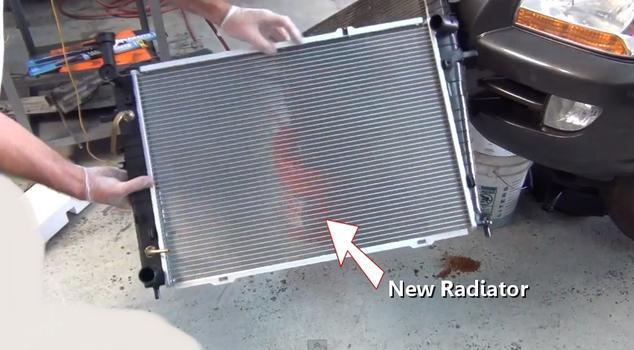Pressure Cap
The pressure cap is a cap that seals and pressurizes the cooling system. It contains a Blow off or pressure valve and a vacuum or atmospheric valve. The pressure valve is held against its seat By a spring of predetermined strength, which protects the radiator By relieving pressure that exceeds 15 psi. The vacuum valve is held against the seat By a spring. The spring permits opening of the valve in order to relieve the vacuum which is created as the cooling system cools off. The vacuum, if not relieved, might cause the radiator to collapse.
The pressure cap allows pressure in the cooling system to Build up. As the pressure Builds, the Boiling point of the coolant also increases. Therefore, the coolant can Be safety run at a temperature much higher than the Boiling point of the coolant at atmospheric pressure. The hotter the coolant, the faster the heat moves from the radiator to the cooler. The pressure in the cooling system can get too high, however. When the pressure exceeds the strength of the spring, the pressure valve rises so that the excess pressure can escape. As the engine cools, the temperature of the coolant drops and a vacuum is created in the cooling system. This vacuum causes the vacuum valve to open, allowing outside air into the cooling system. This equalizes the pressure in the cooling system with atmospheric pressure, preventing the radiator from collapsing.
Tuesday, January 13th, 2009 AT 7:21 PM



